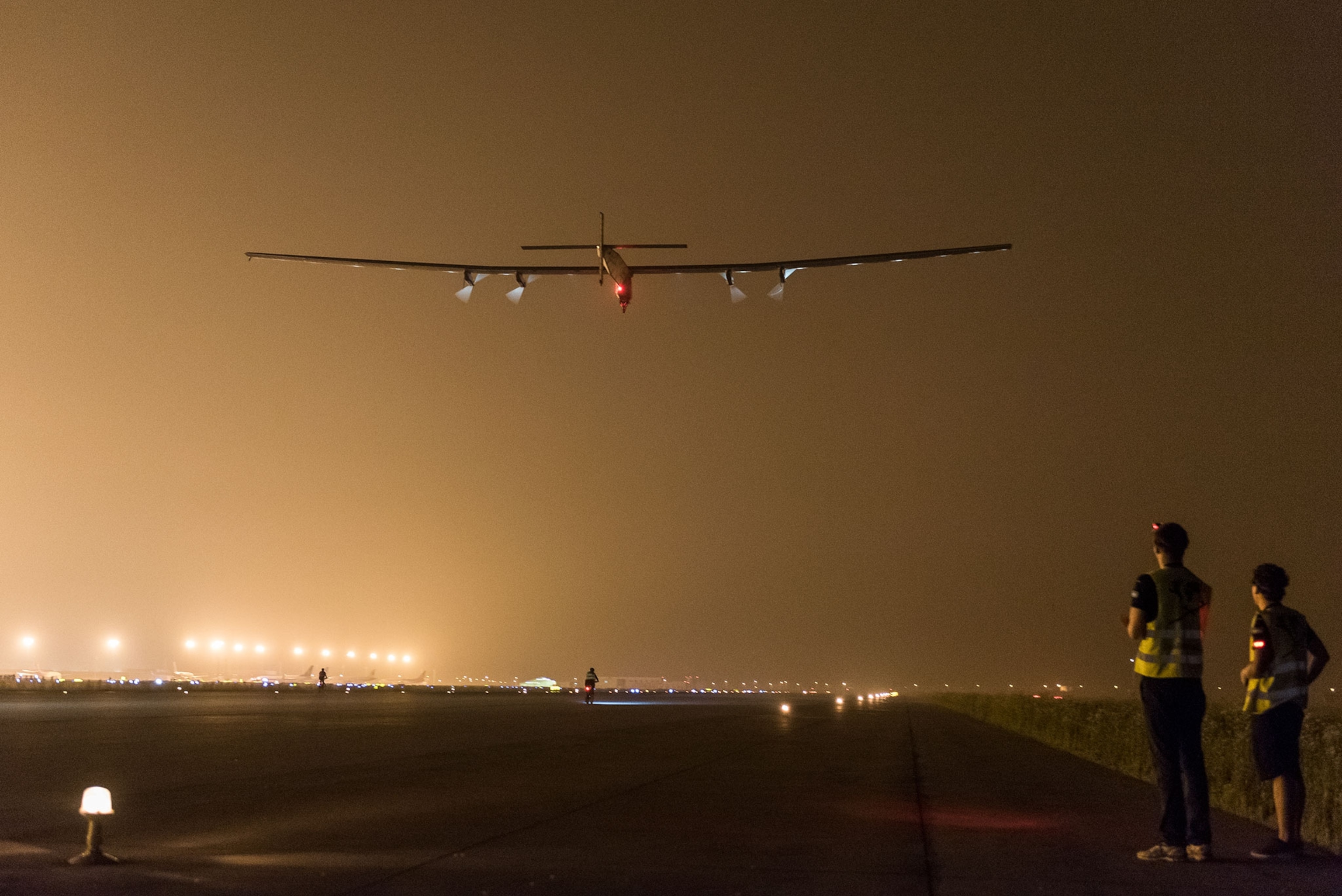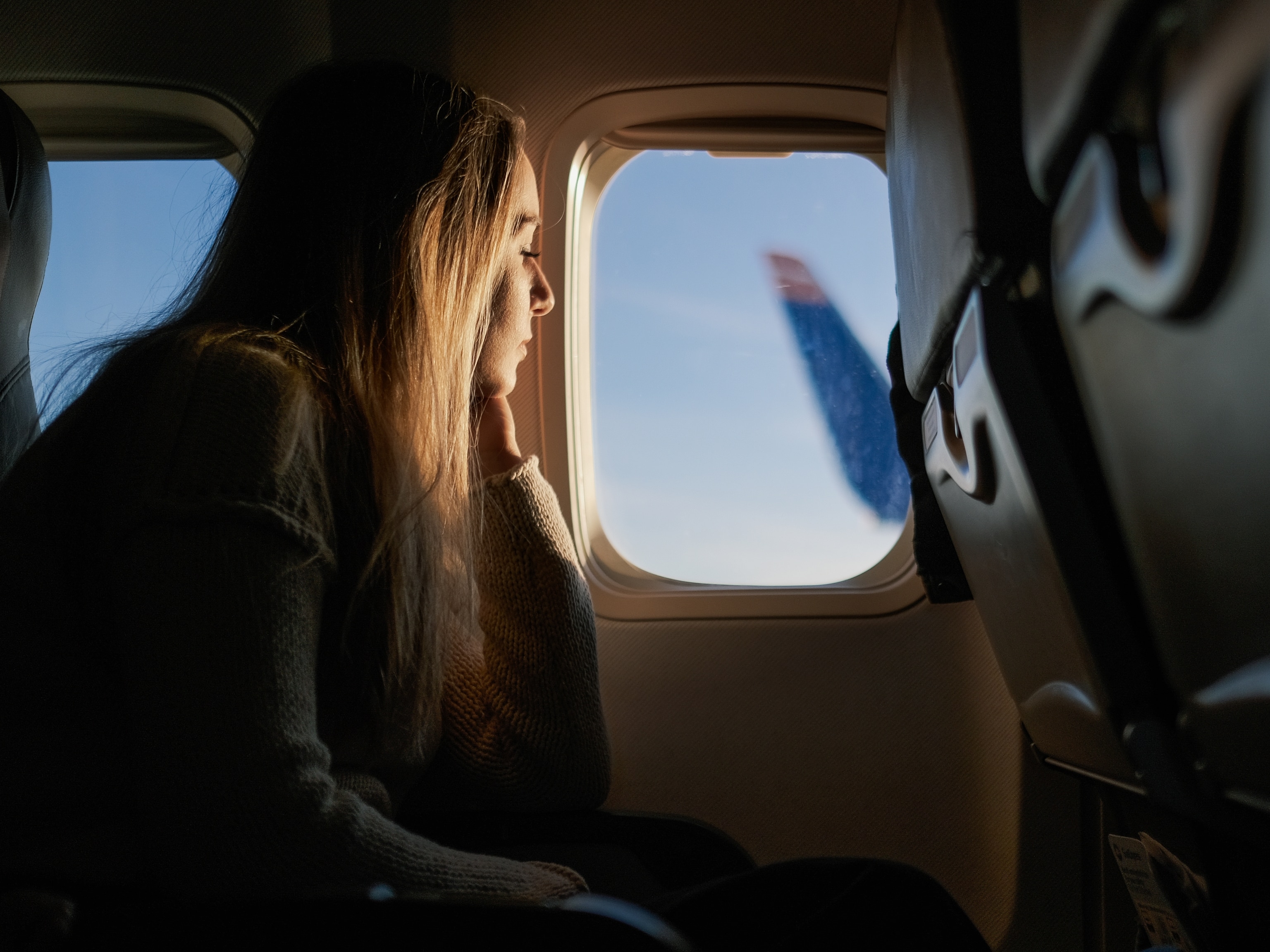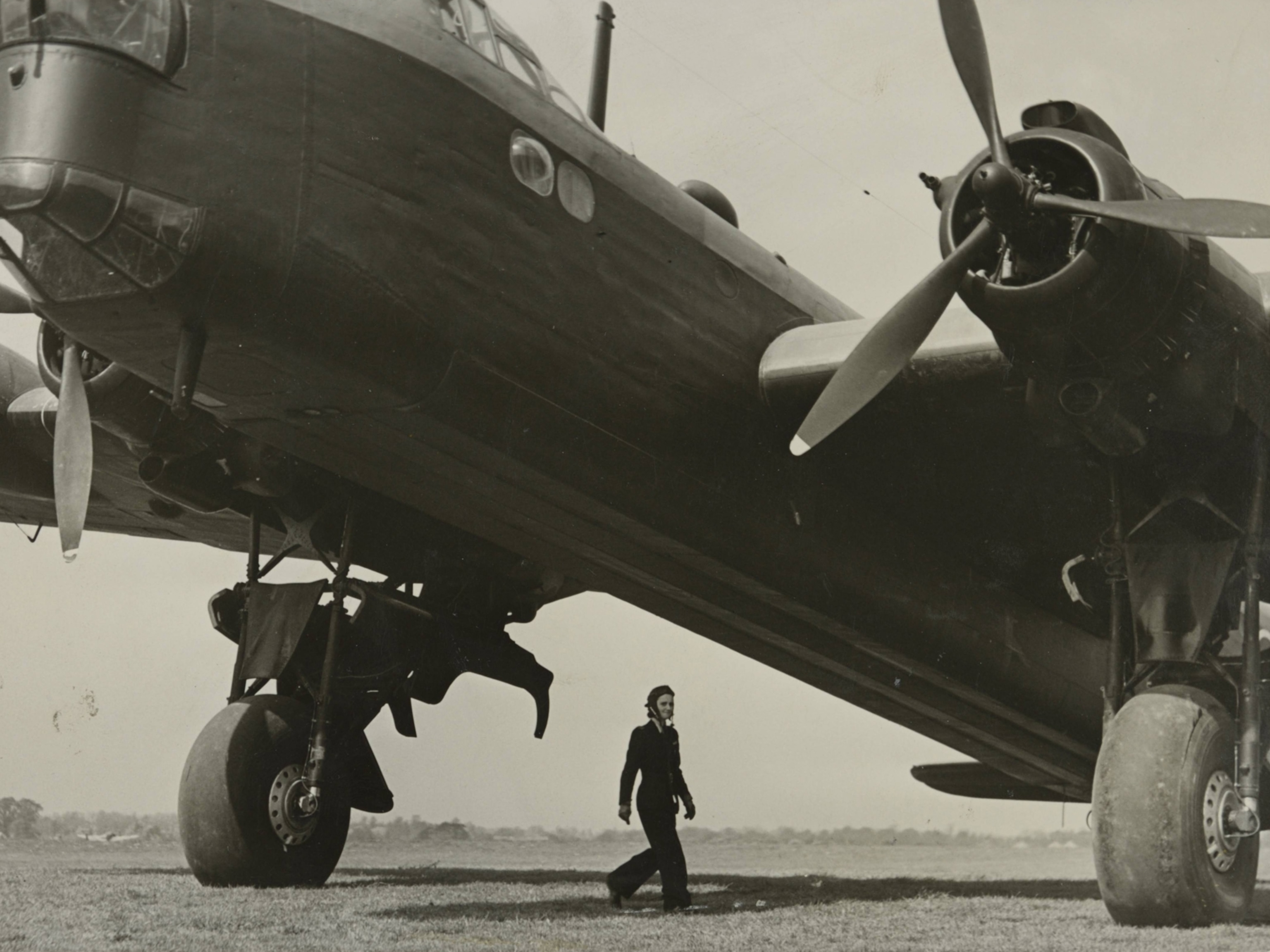
Solar Plane Aborts Dangerous 'Earhart Leg' of Epic Flight
The plane known as Solar Impulse turned around while flying what was supposed to be a six-day nonstop trip from China to Hawaii.
The sun-powered plane known as Solar Impulse 2 made an unexpected U-turn and landing during the most dangerous leg of its historic attempt to fly around the world, the airplane’s pilot announced Monday.
“On my way to Nagoya disappointed for not continuing but very thankful to the Japanese authorities for their support,” Swiss pilot Andre Borschberg tweeted, referring to a Japanese airfield.
Shortly after, Borschberg landed at Nagoya.
Borschberg was just 36 hours into the most recent leg of what was supposed to be a six-day journey from Nanjing, China to Hawaii when he decided to turn around.
Previously, the Solar Impulse team had told National Geographic that the decision to turn around on this leg must be made within the first day and a half, otherwise the light craft would not have been able to overcome the prevailing winds and make it back to the coast.
This section of the global circumnavigation was expected to take around six days and six nights, to cover a distance of 5,077 miles (8,170 kilometers) to Honolulu. Borschberg had been expected to land in Honolulu on Friday after flying 5,077 miles (8,170 kilometers) from China.
Another Attempt?
Borschberg hopes to attempt to fly the single-seat, solar-powered plane again in the next few days, if weather improves. The pilot had already been waiting for weeks in Nanjing for typhoons over the Pacific to dissipate and for winds to slow down.
The former fighter pilot had planned to cruise at altitudes up to 30,000 feet (9,100 meters), steering most of the time and taking only brief naps for rest. He was to follow a similar path over the ocean that resulted in Amelia Earhart’s disappearance 77 years ago.
Powered entirely by more than 17,000 photovoltaic cells on top of the plane, which also charge four batteries, the craft is alternately being piloted by Borschberg and his partner in the venture, Swiss psychiatrist Bertrand Piccard.
Because the carbon fiber plane is so light, it is easily buffeted by high winds. It also needs sunny days to collect enough solar power. The team has been tracking the weather closely for years but says it is still difficult to get an accurate forecast more than three days out, making planning a challenge. A cold front over the Pacific resulted in winds that were too strong during this latest attempt.
The group has hoped to finish the Pacific leg of their journey, landing in Phoenix, before the monsoon season picks up over the next few months.
Follow Brian Clark Howard on Twitter and Google+.





